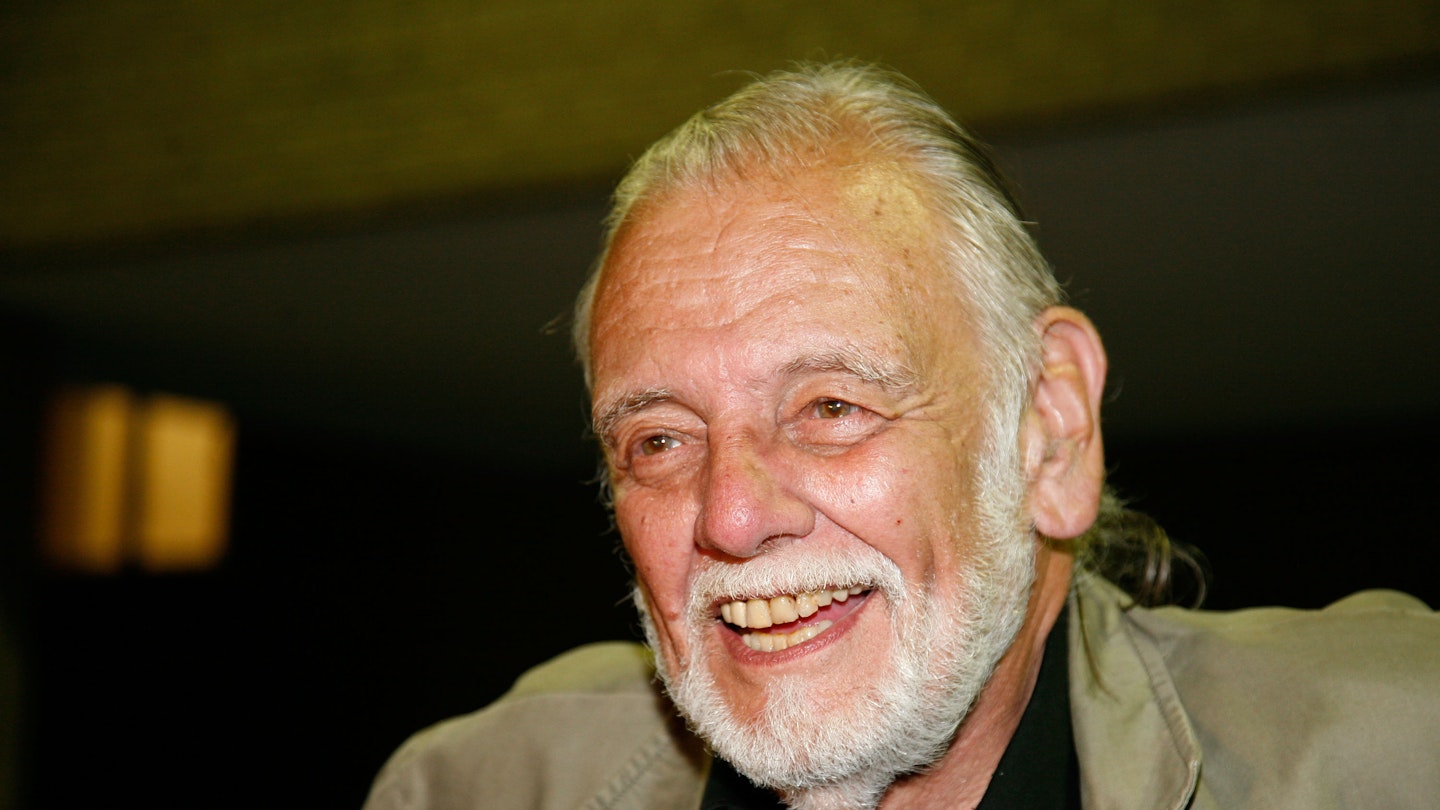John Ford had hoped to adapt Maurice Walsh's *Saturday Evening Post *story as an independent production in 1937 before funding problems had frustrated his plans. So, he was determined to make an occasion of this 1951 shoot, after signing off the dispiriting war documentary, This Is Korea. Returning to the Connemara he had often visited as a boy, Ford indulged his nostalgic sense of homecoming by finding work for John Wayne's kids, Maureen O'Hara's siblings and Victor McLaglen's assistant director son, as well as his own offspring and brother, Francis, who was making the penultimate of his 29 appearances in Ford's films. Even brothers Barry Fitzgerald and Arthur Shields were reunited with old friends from the Abbey Theatre.
But while many critics lauded this as a charming slice of Oirish whimsy, The Quiet Man represented an inversion of the stark social message of How Green Was My Valley. There was certainly plenty of the manly bravura familiar from the barrack-room sequences in Ford's Cavalry pictures, and the fight between Wayne and McLaglen that thundered through the village remained among his best-remembered set-pieces.
Yet, there was a real feel for the savage simplicity of life in the impecunious county and, while the troubles of the 1920s were downplayed, the tensions between the different social and religious groupings still simmered beneath the surface of Winton Hoch and Archie Stout's Oscar-winning Technicolor imagery.
Ford also exposed the hypocritical repression imposed by the Catholic Church. But he saved his special ire for Sean Thornton's barely suppressed brutishness that not only caused him to kill a man in the ring, but also inspired his chauvinist attitude towards Mary Kate. However, such boorishness was also intended to symbolise American insensitivity to local custom and practice, as it warmed to its self-appointed task of policing the world.
Faced with having to play stooge to a cast of natural born scene-stealers, Wayne always counted this display of emotional and cultural incivility among his toughest assignments. However, he was overlooked by the Academy, while Ford received his fourth and last Best Director award.

